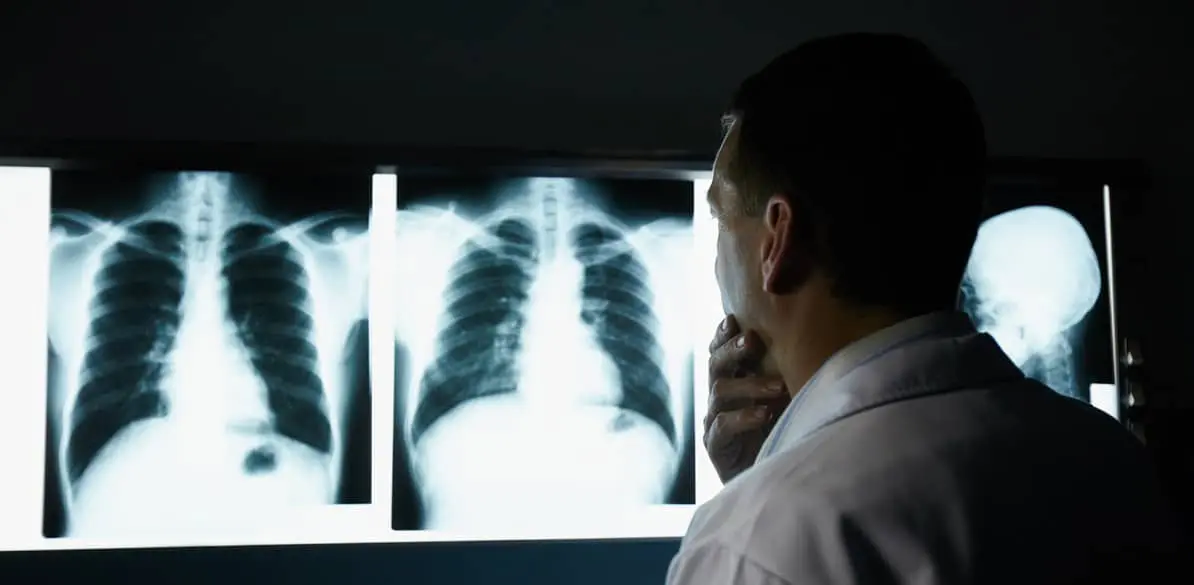Pulmonary thromboembolism and recommendations for driving

The sudden lodging of a blood clot in a pulmonary artery with the subsequent obstruction of blood flow to the parenchyma is estimated to occur in 5% of individuals dying out of hospital and in 25% of those dying at the hospital.
This value reaches 60% when an autopsy is carried out, so many PTE episodes are not even diagnosed, and can happen while driving.
The most common cause is a thrombus formed in a vein of the leg or the pelvis, with the iliofemoral area causing most serious hemodynamic disorders.
Fat emboli occurring after bone fractures are less common.
The emboli released into the venous flow spread in 65% of the cases to both lungs, and less unilaterally, affecting both pulmonary mechanics and hemodynamics, and the gas exchange with arterial hypoxemia and in some case pulmonary infarction.
Most emboli lodge in pulmonary arteries of large or intermediate gauge, and less than 35% reach the small arteries.
The pulmonary hypertension that occurs can be greater in case of previous heart or pulmonary disease, such as mitral stenosis or COPD.
If the right ventricle is not able to maintain sufficient pressure to maintain the minute volume, circulatory hypotension occurs for right heart failure and in some cases shock.
The symptoms depend on the extension of the vascular occlusion, the previous cardiopulmonary disease, and the development of pulmonary infarction.
Tachypnea often associated with dyspnea, anxiety, and restlessness can be dramatic.
Embolism without infarction often occurs only with breathlessness.
Pulmonary hypertension can cause a dull, substernal discomfort.
In many patients the clinical condition occurs as confusion, syncope, seizures and neurological deficit, as a reflect of the transient brain ischemia due the temporal reduction of minute volume.
Other symptoms of pulmonary infarction are cough, hemoptysis, pleuritic chest pain, and fever.
In patients with chronic and recurrent embolisms, the symptoms of cor pulmonale usually occur insidiously for weeks, months, or years.
Patients surviving the first thromboembolic episode but receiving no immediate treatment have a 50% probability of a recurrent embolism, and of these 50% usually cause death.
Anticoagulation therapy reduces the recurrence rate, and, if this occurs, the outcome is better.
The treatment of pulmonary embolism and the prevention of new episodes require that the thromboembolic episode, even if poorly symptomatic, involves hospital admission for study and early treatment.
The essential part of the treatment is to achieve that no new thrombi are formed, starting an anticoagulation therapy regimen with individual adjustment of doses and time.
Patients with a chronic disease associated with a high incidence of thromboembolism will require anticoagulation therapy in the long term.
Vitamin K antagonists, such as acenocoumarol, are the oral treatment of choice, and require close, individualized monitoring of the dose.
Multiple drugs show pharmacological interactions with oral anticoagulants.
Its effect is enhanced with chlorpromazine, sulfonamides, chloramphenicol, allopurinol, tricyclic antidepressants, laxatives, salicylates, thyroxin, androgens, antiarrhythmics such as amiodarone and quinidine, clofibrate, H2 antagonists, glucagon, disulfiram and some antibiotics including erythromycin, tetracycline, neomycin and imidazole derivatives.
It effect decreases with vitamin K, barbiturates, rifampicin, cholestyramine, thiazides, carbamazepine, griseofulvin, and some oral contraceptives.
The administration of anticoagulants with substances modifying hemostasis, such as acetyl salicylic acid, phenylbutazone and pyrazolone derivatives is not recommended.
Patients treated with oral anticoagulants are susceptible to suffering hemorrhagic complications, sometimes serious. These cases are reversed with vitamin K and fresh plasma.
In attempt to prevent this complication, anticoagulation therapy is adjusted individually for dose and time.
General advices on Pulmonary thromboembolism
- Reducing the factors predisposing to venous stasis will prevent thrombosis and its consequence, pulmonary embolism.
- Drugs related to episodes of thrombosis should be removed or switched to others without this risk.
- The post-operative period of a high number of surgical procedures predisposes to venous thrombosis.
- Low molecular weight heparin administered subcutaneously pre-operatively and daily after surgery largely reduces the risk of thrombosis.
- Prophylaxis with heparin is not free from risks, and there are cases of hemorrhage, delayed wound healing and thrombocytopenia, of which the patient should be warned.
Recommendation
- In the event of any suspect symptom or sign of thrombosis, the patient should be advised against driving, until the etiological diagnosis and the indicated treatment reverse the clinical condition.
- A patient suffering PTE cannot drive until the condition has subsided completely and he is stable with medical anticoagulation therapy.
- Even if the patient is fully recovered, he cannot drive if there is a risk of relapsing emboligenic thrombosis.
- Patients treated with oral anticoagulants are susceptible to hemorrhagic complications, sometimes serious, so they must be warned of the risk when driving if they crash.
- These patients cannot take acetyl salicylic acid or drugs modifying the anticoagulant effect, and they should be warned about it.
- Any new drug can destabilize the patient on anticoagulation; accordingly, when a drug is added or removed from the therapeutic regimen, prothrombin time should be monitored more or less frequently and, if necessary, the patient will be advised against driving during this period.
- The patient should be warned not to take over-the-counter drugs or those indicated by a physician who does not know that the patient is on anticoagulation therapy.
- Patients treated on an ambulatory basis should carry in their car a coagulation control form in case they are injured.
- Patients on anticoagulation therapy should know their higher risk of suffering hemorrhages and be responsible for this trying to develop safe driving.
- Thus, being more cautious when driving will reduce the possibility of crashing that, though minor, could have dramatic consequences.
- Once the site of origin of the emboli is eliminated, the patient can drive with a favorable report from the specialist, thus indicating it.
- Blood diseases with hypercoagulability should be treated and driving is not recommended while the risk of thrombosis persists.
- The hematologist will report on the adequate control of the patient that allows for driving.
